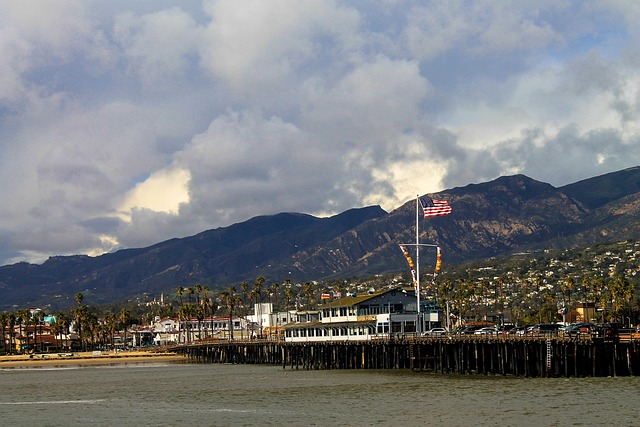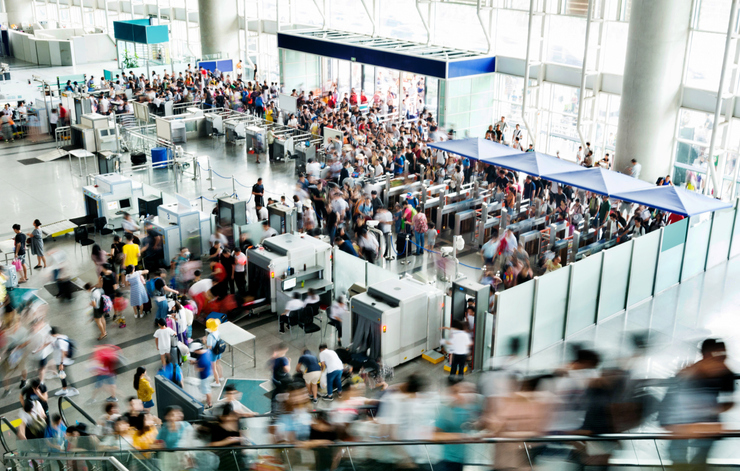
The Ultimate Travel Guide to Kyoto, Japan: When to Go, What to Eat, and Must-See Hidden Gems
Your Friendly Travel Guide to Kyoto, Japan
Kyoto is one of those rare places that feels like stepping into a dream. With over 1,000 temples, centuries-old teahouses, and streets where you just might spot a geisha on her way to an appointment, Kyoto is Japan’s cultural heart. Whether you’re sipping matcha in a tranquil garden or dining under cherry blossoms, Kyoto invites you to slow down and savor the experience.
Let’s dive into how to make the most of your time in this unforgettable city.
Best Time to Visit Kyoto, Japan
Spring (March to May) is arguably the best time to visit Kyoto. The city comes alive with cherry blossoms (sakura), especially in April, attracting tourists from around the world. Expect larger crowds and slightly higher accommodation prices, but the beauty of the blooms is worth every yen.
Autumn (October to November) rivals spring with its fiery foliage, especially in places like Tofuku-ji Temple and Arashiyama. The weather is crisp and clear, ideal for temple hopping and long walks through gardens.
Summer (June to August) can be hot and humid, especially during July’s Gion Matsuri, Kyoto’s most famous festival. It’s a cultural experience like no other, but be prepared for crowds and high temperatures.
Winter (December to February) is cold but peaceful. If you don’t mind bundling up, you’ll find quiet temples dusted with snow and cheaper hotel rates. Bonus: Kyoto’s winter illuminations are magical.
Local Tip: If you want to avoid crowds but still catch some seasonal charm, aim for early March or late November.
Getting Around Kyoto: Transportation Tips
Kyoto is extremely walkable, but to make the most of your time, you’ll want to use a mix of public transport and the occasional taxi.
- Trains and Subways: Kyoto’s subway and train system is efficient and affordable. The JR Nara Line and Karasuma Subway Line are your best bets for getting to most major spots.
- Buses: The city bus network is comprehensive, though traffic can slow things down. Get a Kyoto City Bus & Subway One-Day Pass for unlimited travel.
- Taxis: Readily available but expensive, taxis are useful late at night or when you’re traveling with luggage. Most taxi drivers accept only cash, and many do not take credit cards or mobile payments, so keep yen on hand.
- Uber: Uber operates in Kyoto, but availability is limited. Locals and travelers alike tend to use the JapanTaxi app, which functions much like Uber.
Pro Tip: If you’re traveling between Kyoto and nearby cities like Osaka or Nara, consider getting a JR Kansai Area Pass. It can save you time and money.
Hospitality and Tipping in Kyoto
Japanese hospitality is famously gracious, and Kyoto is no exception. That said, tipping is not customary in Japan. Leaving cash behind can confuse or even offend your server.
Here’s what to know:
- Hotels: No tipping necessary for bellhops, housekeeping, or concierge staff.
- Restaurants: Don’t leave a tip. Exceptional service is already built into the experience.
- Taxis: Just pay the fare shown—no tip needed.
Cultural Tip: A polite bow and a sincere “Arigatou gozaimasu” (thank you very much) go a long way.
Once-in-a-Lifetime Dining in Kyoto
Kyoto is a foodie’s dream, especially if you’re into refined Japanese cuisine. Here are three unforgettable places to consider:
1. Kikunoi (Gion)
- Cuisine: Kaiseki (traditional multi-course Japanese meal)
- Why go: Chef Yoshihiro Murata’s Michelin-starred masterpiece blends art, flavor, and tradition. Each course is a work of art.
- Website: kikunoi.jp
2. Gion Sasaki
- Cuisine: Modern Japanese with traditional roots
- Why go: A creative twist on kaiseki that keeps things exciting without sacrificing tradition. Reservations are a must.
- Location: Gion district
3. Kyoto Gogyo
- Cuisine: Burnt miso ramen
- Why go: This isn’t your typical ramen. Gogyo’s smoky, rich flavor is unforgettable and perfectly paired with sake.
- Website: ramendining-gogyo.com
Must-See Attractions in Kyoto
There’s no shortage of iconic sights, but here are three you simply can’t miss:
1. Fushimi Inari Taisha
Walk through thousands of vermilion torii gates as they snake up Mount Inari. Go early or late to avoid the crowds and enjoy the peace.
2. Arashiyama Bamboo Grove
Step into another world as you walk through towering bamboo stalks. Pair it with a visit to Tenryu-ji Temple or take a river boat ride.
3. Kinkaku-ji (The Golden Pavilion)
This Zen temple covered in gold leaf is stunning in every season. Don’t miss the reflection on the pond—it’s picture perfect.
A Hidden Gem You Shouldn’t Miss
Otagi Nenbutsu-ji Temple in Arashiyama is a quirky, peaceful temple with over 1,200 stone statues, each with a unique expression from meditating monks to laughing figures holding beers. It’s delightfully weird, rarely crowded, and feels like you’ve discovered a secret.
Bring your camera and your curiosity.
Will People Speak English in Kyoto?
English is moderately spoken in tourist-heavy areas like Gion, Arashiyama, and near Kyoto Station. Most hotel staff and major restaurants have English menus or at least picture menus.
However, don’t expect everyone to speak English fluently. Learning a few basic Japanese phrases goes a long way:
- “Sumimasen” – Excuse me
- “Eigo o hanasemasu ka?” – Do you speak English?
- “Arigatou gozaimasu” – Thank you
Apps like Google Translate and Pocketalk can also help with menus and conversations.
What Is the Food Like in Kyoto?
Kyoto cuisine is known for its delicate flavors and seasonal ingredients. Expect an emphasis on presentation, texture, and subtlety.
Here are a few local specialties to try:
- Yudofu: Simmered tofu in a light broth, often enjoyed at temple eateries like Nanzen-ji Junsei.
- Kyo-kaiseki: A seasonal, multi-course meal that is as beautiful as it is delicious.
- Matcha everything: From matcha ice cream to matcha soba, Kyoto takes pride in its green tea.
- Nishiki Market: This vibrant street market offers a chance to sample everything from grilled mochi skewers to pickled vegetables. Great for adventurous eaters!
Pro Tip: If you’re hesitant to commit to a full kaiseki meal, look for restaurants offering mini kaiseki lunches, which are more casual and budget-friendly.
Final Thoughts
Kyoto is one of those cities that leaves an impression on your heart. It’s a place of quiet beauty, deep tradition, and unforgettable experiences. Whether you’re traveling solo, as a couple, or with friends and family, Kyoto has something special waiting for you.
From spiritual temples and serene gardens to food that’s almost too pretty to eat, this city offers a thoughtful, immersive travel experience that’s hard to match.
If you’re ready to start planning your Kyoto adventure or want help creating a seamless, perk-filled itinerary, contact Alicia at AliciaJets.com. She’s got the insider tips and connections to make your trip to Japan unforgettable.
Let Kyoto work its magic on you. You won’t regret it.



